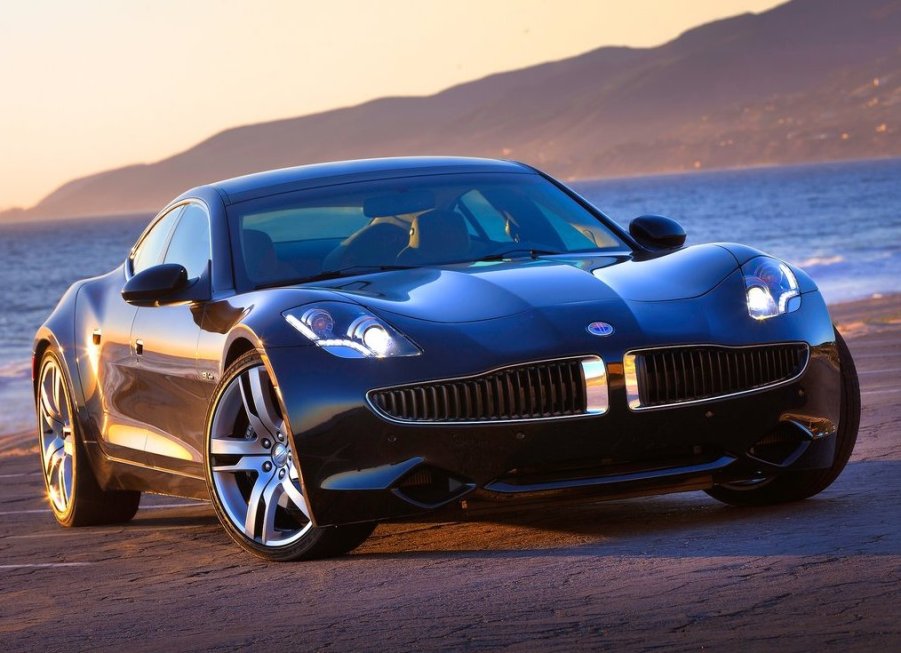
Fuel-Saver Flashback: Fisker Karma
Over the past decade, electric cars have been all the rage, thanks mostly to Tesla and its successful product line. However, the decade also brought about lesser-known brands like Fisker, who didn’t have as much to celebrate as Tesla did when they produced the Karma. Never heard of it? Let’s take a look back at the electric car that made a tiny splash and a hasty exit.

A series of bad luck
Fisker Automotive was a California-based automaker that first started in 2007. It was founded by Henrik Fisker, a Danish automotive designer, and entrepreneur. Have you ever seen a BMW Z8 or an Aston Martin DB9? If so, then you’re familiar with his work as he was the head designer for both of those products.
To make a really long story short, Henrik Fisker created his Fisker Automotive brand with the intention of building a luxury plug-in hybrid vehicle at a lower price. A few years into it there were some issues with investors, a lawsuit from Tesla Motors, and bankruptcy from Fisker’s battery supplier, A123 Systems, thanks in part to a couple of recalls of their batteries. Needless to say, the cards were stacked against the company’s sole product, the Fisker Karma.

The Karma
On paper, the Fisker Karma sounded like the wave of the future. Under the hood, it was powered by a 2.0-liter, turbocharged four-cylinder engine that produced 260 horsepower and acted as a generator for the 20-kWh, lithium-ion battery that ran underneath the car. The battery supplied power to the dual-motor setup that straddled the rear axle and powered the rear wheels. Altogether, this powertrain produced a combined 402 horsepower and 959 lb-ft of torque.
The Karma was always motivated by electric power as the engine would act as a generator for the battery, however, it did supply some extra thrust or range when needed. Without the engine’s help, the Karma could get to 60 mph in 7.9 seconds, and in “Sport mode” with both the engine and electric power, the Karma went from 0-60 in 5.9 seconds. Not too shabby, however, the Karma’s combined gas mileage rating was 59 MPGe compared to the Model S’ 89 MPGe rating. That’s a little shabby.

Design
The exterior styling of the Fisker Karma was polarizing, for sure. Its body shape and styling look more like something out of Toon Town then an electric future, however, it was a bold execution. The bulging fender wells housed massive 22-inch wheels and we like the solar-panel roof. It’s too bad that the solar panels provided energy to the 12-volt auxiliary system, as opposed to the main battery supply.
According to Kelley Blue Book’s review of the Karma, “For a with such a large exterior, the interior feels tight, especially in the back.” We find that a little odd considering it was meant to be a four-door sedan that competed with the Tesla Model S. However, a Model S it was not, as the seating arrangements only allowed for four occupants, thanks to the large battery hump that took up most of the rear-seat room, along with the sloping roofline.
If you want to hear about more the odd features, check out this video below:
Is it worth buying?
When the Fisker Karma was in production, from 2011 to 2012, it retailed $96,895 and went up to well over $100,000 depending on the options. In today’s used market, you can find Karma’s going for around $40,000. That’s a pretty steep depreciation, however, we don’t think it’s worth it. Considering the product’s spotty history and the lack of service support, we would say that you’re probably better off with a Tesla.



